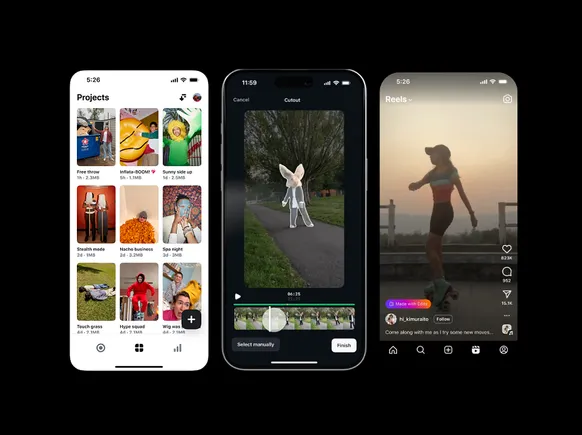In the ever-changing world of online platforms, marketers and website owners frequently want insights into user behavior to boost their digital approaches. A critical aspect of this analysis is identifying the difference between new and returning visitors. Here, we will discuss the differences between these two user groups and give insights on interpreting the data to enhance decision-making.
Questions like the percentage of new visitors, their spending time, and preferred pages for more engagement often arise while exploring new vs. returning visitors metrics. This article will cover all these.
Exploring the Distinctions
New Visitors vs. Returning Visitors
New visitors are the people who access a website for the first time. Their communication is essential as it creates the starting impression of your website. Comprehending the new visitors’ behavior can provide insights into the attractiveness of your platform and whether your content goes with their predictions. On the other hand, returning visitors are those who have engaged with your website and want to revisit it. Their constancy shows a positive experience, making them essential assets for businesses.
Important Metrics to Consider for New Visitors
Acquisition Mediums:
Study from where new visitors are coming- whether through social media platforms, search engines, or referral links.
Landing Pages:
Find out the pages that attract new visitors. This allows you to measure the efficacy of your marketing strategies.
Important Metrics to Consider for Returning Visitors
Frequency of Visits:
Track how frequently returning visitors come back. This shows the capability of your content and its importance.
Conversion Rates:
Assess the probability of returning visitors converting, showing higher trust and engagement.
Three Vital Aspects Of Data: Sessions, Behavior, Goals
1. Sessions –
You can compare how many new visitors are coming to your site and the number of returning visitors. In this section, you can see each user type’s total number and percentage. Your objective will based on the business type you are in and the website type you own. If you run a content-based website like a professional blog, you will need many returning visitors, whereas an e-commerce business mainly needs new users.
2. Behavior –
This section describes how users behave once they are on the website. “pages/session” tells you how many pages the average number of users visit before leaving. “Bounce rate” is the percentage of users who leave the website without going to the second page. “Avg. Session duration” signifies the average time users spend on the website before leaving.
3. Goals –
Suppose you have set up goals on your website through Google Analytics (E.g., making a purchase, signing up for a newsletter, or clicking on a CTA button). In that case, this information helps you determine whether new and returning visitors are finishing that objective.
With this information, you can carefully compare each metric side by side. Moreover, you can plan the goals accordingly.
Interpreting the Data
1. Tailor Content:
Utilize data on new visitors to improvise your content strategy. Make sure that landing pages are attractive, offering clear value propositions. For returning visitors, concentrate on managing quality as well as relevance to keep the visitors coming back.
2. Marketing Optimization:
Understanding where new visitors are coming to your site helps you to optimize your marketing channels. Assign resources efficiently according to the media that give the best results.
3. User Experience Enhancement:
Study returning visitors’ behavior to boost user experience. Find popular pages, consider customized content recommendations, and improvise navigation to enhance user satisfaction.
4. Conversion Strategies:
Use different techniques to guide new visitors through the conversion funnel. Discover exclusive content, other loyalty programs, or exclusive content to strengthen the relationship.
Unlocking Visitor Dynamics: The Power of OTRACKER in Analyzing New vs. Returning Visitors
In the digital landscape, understanding the behavior of users is essential, and O-TRACKER stands as a strong ally in deciphering the information intricacies between new and returning visitors thoroughly. With its comprehensive analytics, O-TRACKER gives businesses valuable insights into user preferences, engagement, and patterns.
Also, O-TRACKER allows for a detailed data interpretation, shedding light on the specific behavior of new visitors describing their digital presence and recurrent discussions of returning visitors to get more information. The user-friendly dashboard of O-TRACKER revolutionizes raw data into actionable information, helping businesses optimize their approaches, boost user experience, and make informed decisions that align with new and loyal customers.
Conclusion
Discerning between new and returning visitors in the web analytics landscape is essential to update your digital strategies. Businesses can craft unique approaches to engage, attract, and retain customers successfully by adopting this data efficiently. Stay tuned to user behavior, use your strategies accordingly, and watch your online presence flourish.
Visit www.onpassive.com to subscribe to O-TRACKER.






































































